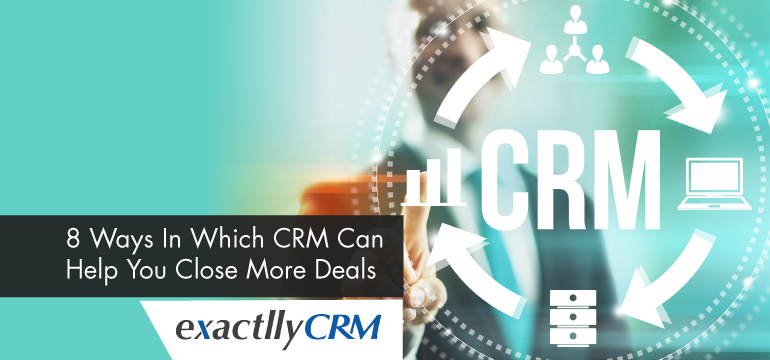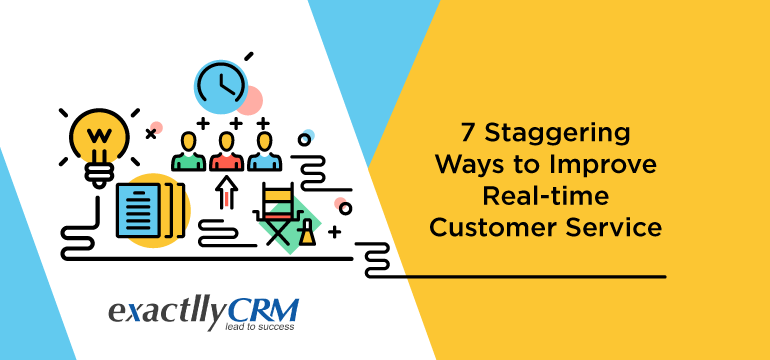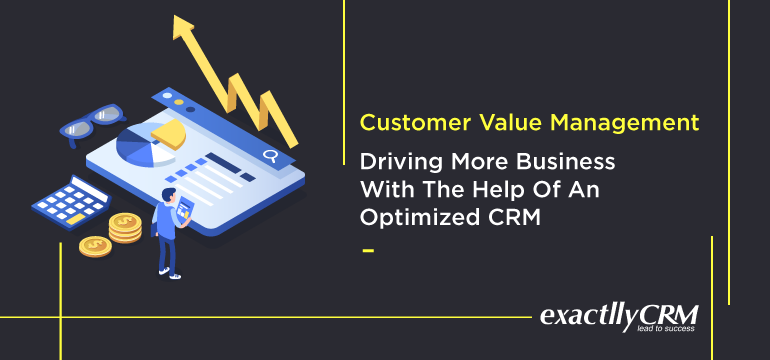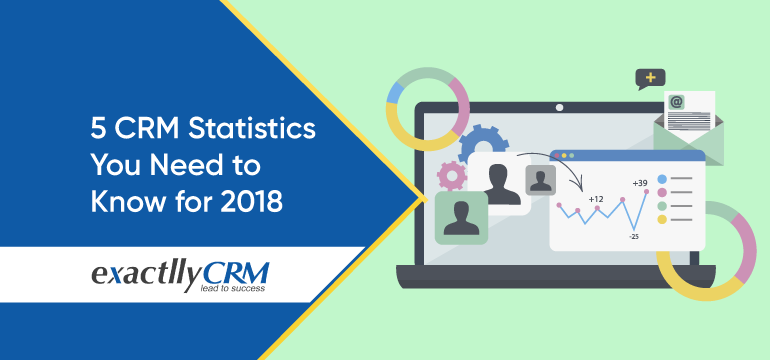Leveraging Customer Feedback To Grow Your Business 10X

The first thing you usually learn in any marketing class is that “the customer is always right”. It’s only with a deep understanding of the customer’s mindset that a firm can grow by leaps and bounds. The best way to do that, of course, is to be involved in a dialogue with the customer. In a world where reviews, testimonials, and comments are exchanged as currency, it’s essential to understand how to leverage customer feedback.
Satisfied customers lead to sustained growth. To improve sales, retention rates, and loyalty and in turn expanding your business, you should actively seek and respond to customer feedback. Understanding your customers and transforming what they have to say into actionable insights can prove to be a great competitive advantage.
Importance of Feedback
Customers typically know things that you don’t. Given their specific needs for any given product, they can provide a different perspective on where your product stands. They are the best source to help you realize whether your product can meet expectations and where it stacks up against the competition. An intimate knowledge of the buyer’s motivation will not only help you improve your product but also market it better.
Insight on customer satisfaction, dissatisfaction and reasons thereof give you a grasp on what you’re doing right and what’s going wrong. Thereby enabling you to provide better customer service and growing not only your retention rates but also your conversion rates.

Sourcing Impactful Feedback
Customers seldom share feedback unless prompted to. Even when prompted, only a marginal percentage of dissatisfied customers voice their opinion. The best way to avoid high attrition rates is to ask them for their thoughts simply. A few ways to do derive these insights are as follows:
1. Audit Competitor Reviews: A simple yet very effective way to get what you want is to go through online reviews of your competition. Knowing what consumers love or hate them can help you improve your own product and shine brighter.
2. Surveys: Another great means to learn more about your market segment is to conduct surveys. Be it one-time buyers or loyal consumers, figure out what makes them click. Understanding buyer intent and following up with post-purchase questions can go a long way in growing your business.
3. Analytics: It’s not enough to just have this treasure trove of information. You should be able to derive useful action items from it. Analyze user patterns, their behaviors, their opinions and figure out what it is they want. Customers talk, and by tracking what people have to say about your brand across various digital forums also helps.
You’ll be surprised by what you can glean from all this data. Leverage customer feedback to build your brand value. Arm yourself with the right CRM tools that help you achieve all of this.

Actionable Insights
As inclined as you may feel to act on all the feedback you receive, it’s important to understand which ideas should be pursued and which should not. Weigh your options, figure out a plan of action and prioritize your resources.
Making data actionable varies from company to company. The bottom line though is, to sum up all the data in such a way that the team can see the big picture and then act accordingly. To be able to do that you have to filter through the noise and prioritize the feedback. Make immediate and long-term plans as this will helps increase and maintain your momentum.
Furthermore, it helps to quantify the impacts and measure the market opportunities for any new features or products that are in the pipeline. It is in this step of innovation and action that you can leverage customer feedback to its fullest potential, thereby empowering your business to grow exponentially and cast a big shadow on your competition.
Implementing the Changes
By responding to customer feedback promptly, positive or negative, you show them that you’re listening and that you care about their experiences and opinions. Start with the low hanging fruits – initiatives that have high impacts but easy to follow up. Gradually work your way up into more labor and resource intensive projects that reap similar benefits.
Some small things that go a long way include regularly updating your websites, including customer testimonials and having trust symbols on it. Although these are only cosmetic changes, they still improve how your target audience views you as a brand.
The next step would be working on your customer service quality. Be it working on your returns policy, streamlining the supply chain process, or working on promotions; it’s important to take negative feedback in your stride and to respond promptly and diplomatically when interacting with customers. Showing how you constructively deal with such situations highlights great customer service and attracts more potential customers.

Subsequently, it’s important to work on your product line. Take into consideration customer inputs when deciding on new products, upgrades or even bringing back old ones. Not understanding customer needs and wants can leave you with a skewed product line depth and breadth. The logical move, after working on all these things is to build your brand. Improving your brand perception, your consumer trust index, conversion and retention rates as a result of on-site engagements.
Conclusion
Companies that devote time and energy to customer feedback, surveys, analytics tend to grow faster and sustainably. Let’s look at the bigwigs across industries, be it Apple, Morgan Stanley, Ford, AT&T, Adidas; they invest heavily in all these things. It’s because they understand that the key to growing any form of business lies in understanding the end user.
Leveraging customer feedback will go a long way in improving your products, services, customer service offerings, and in turn your business. Needless to say, good reviews help drive sales and build better customer relationships as well. It’s not about building something innovative, rather it’s about building something the people need and want. That’s what great businesses are founded upon.






